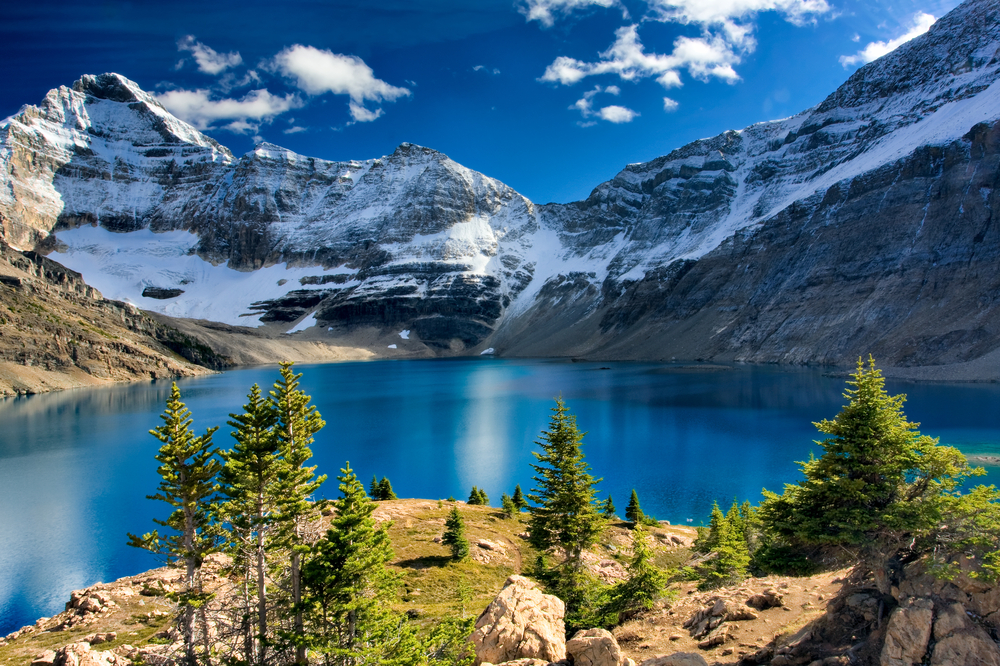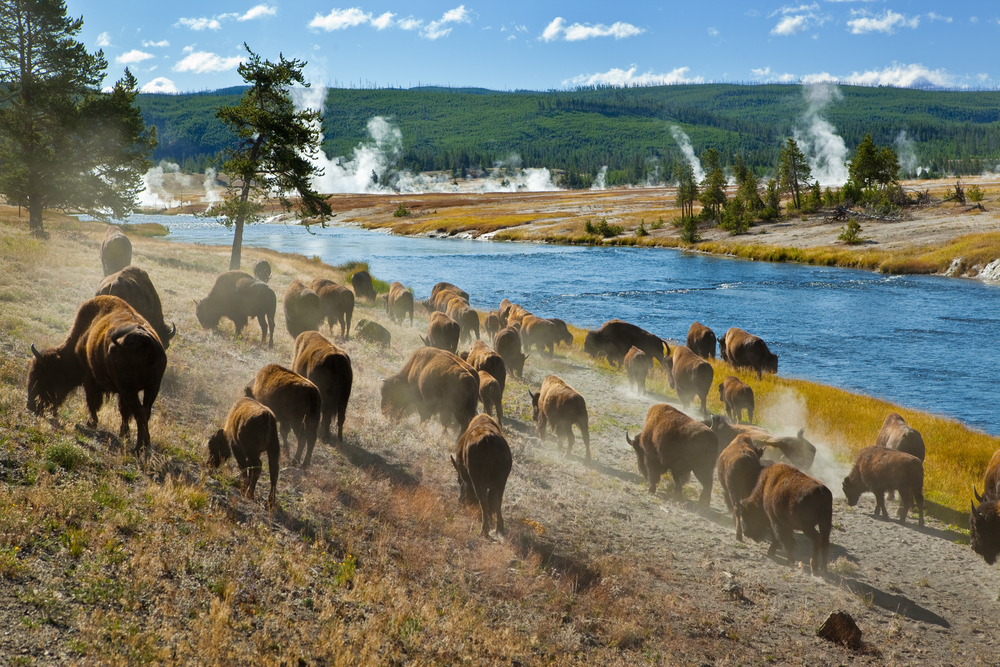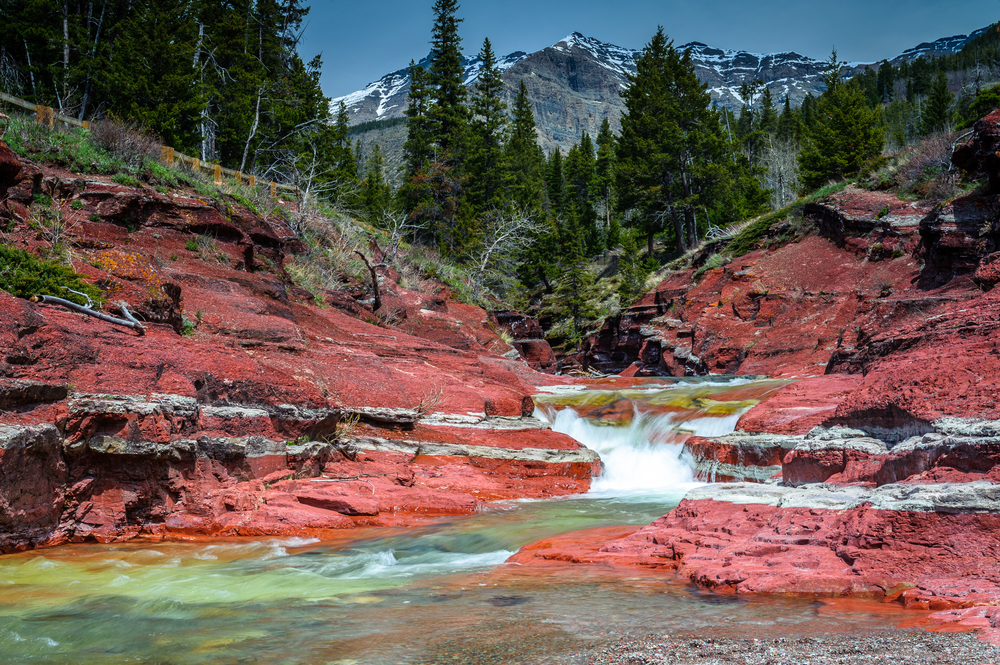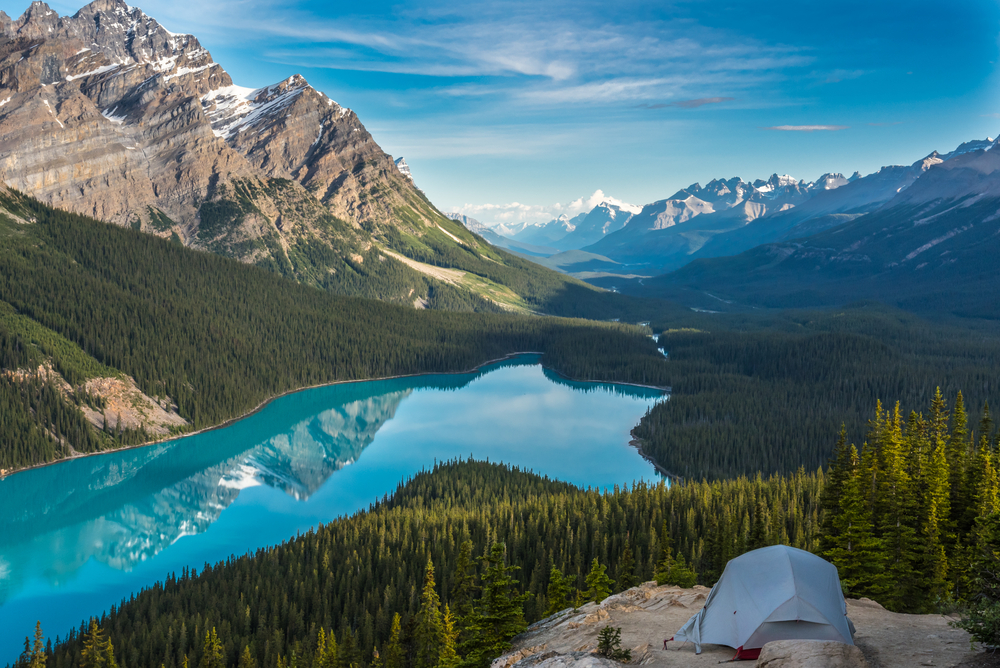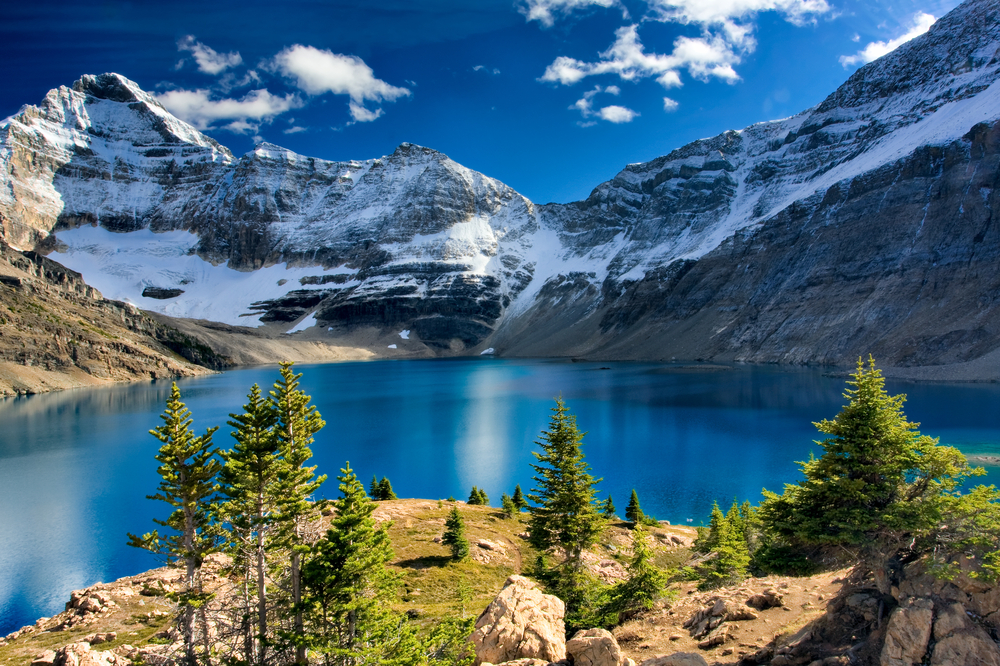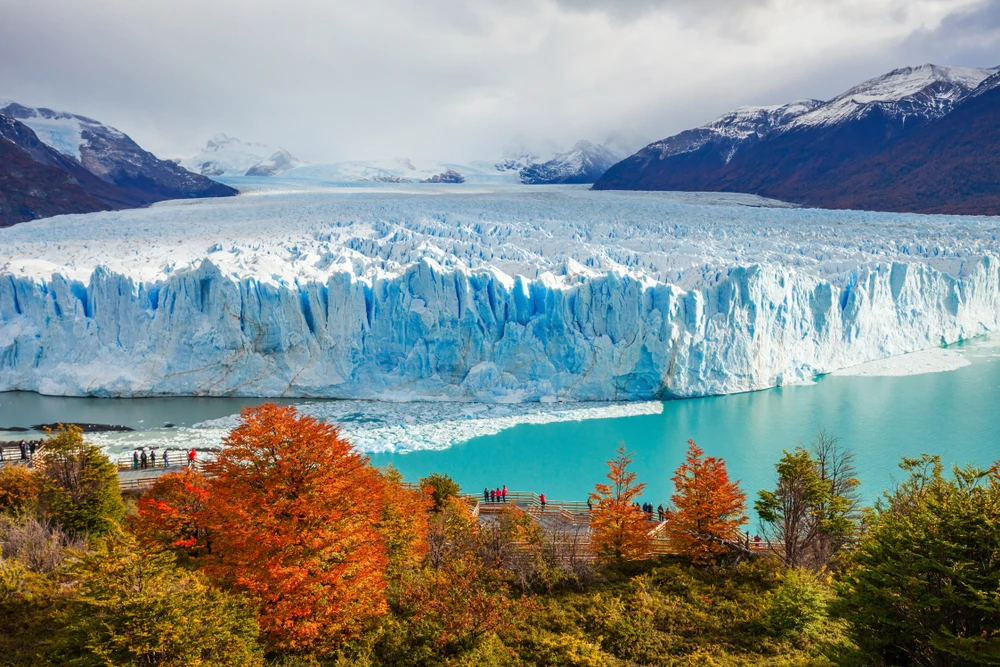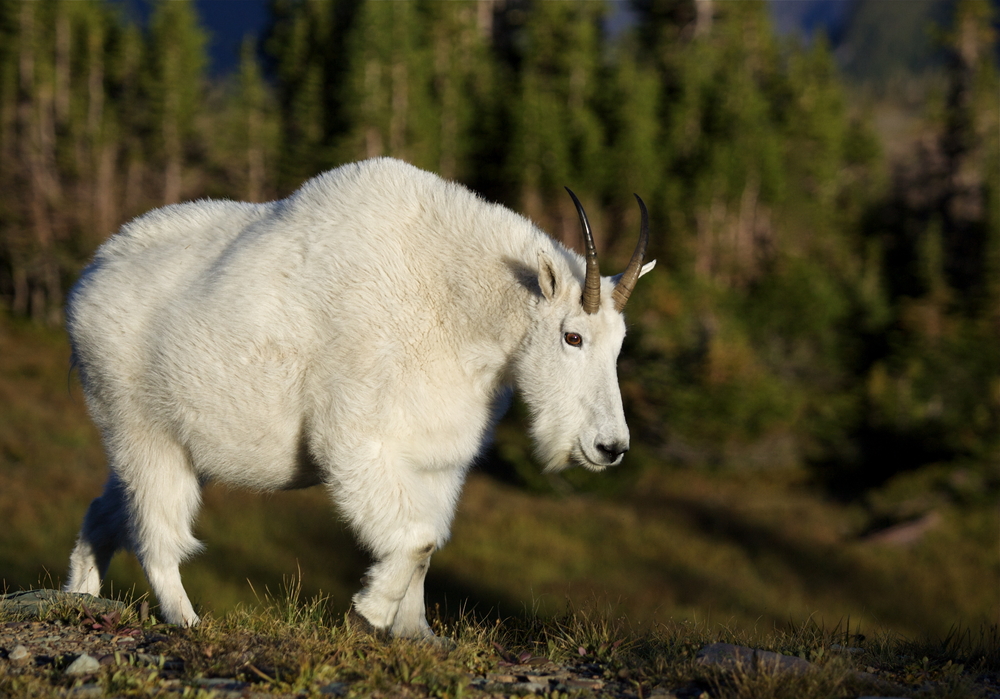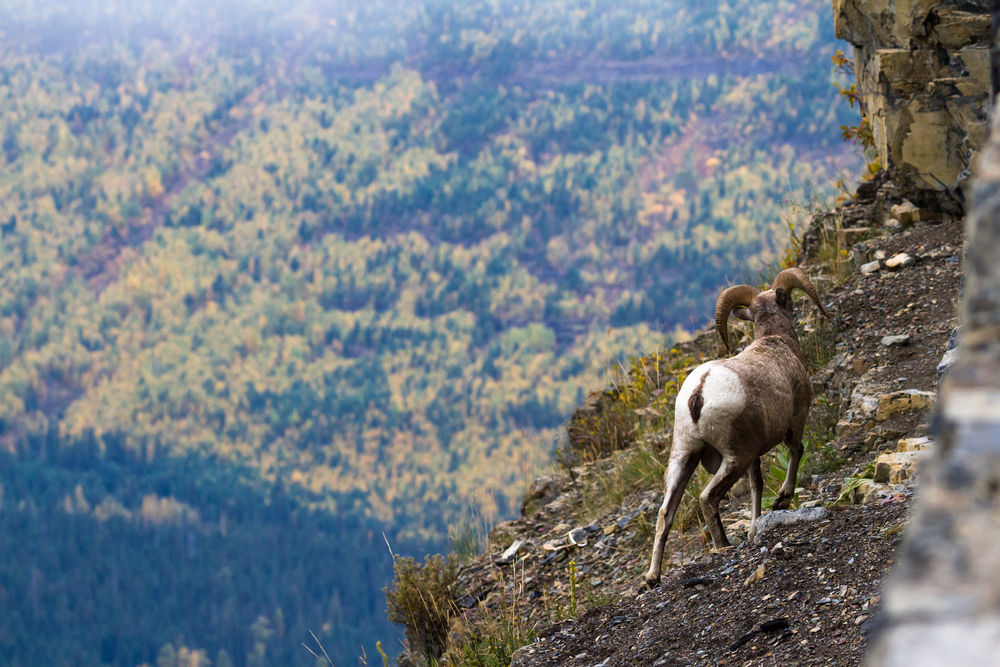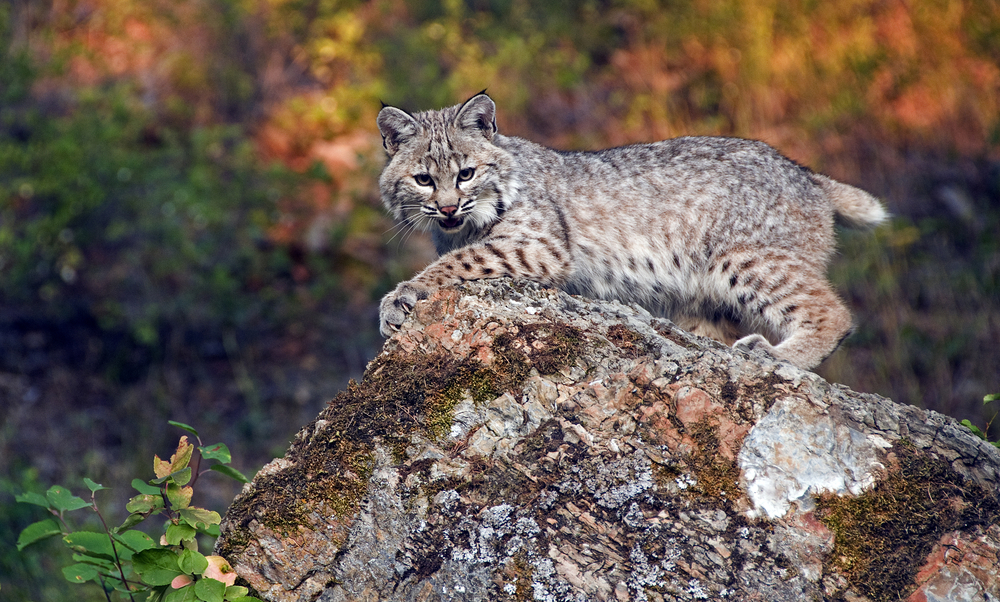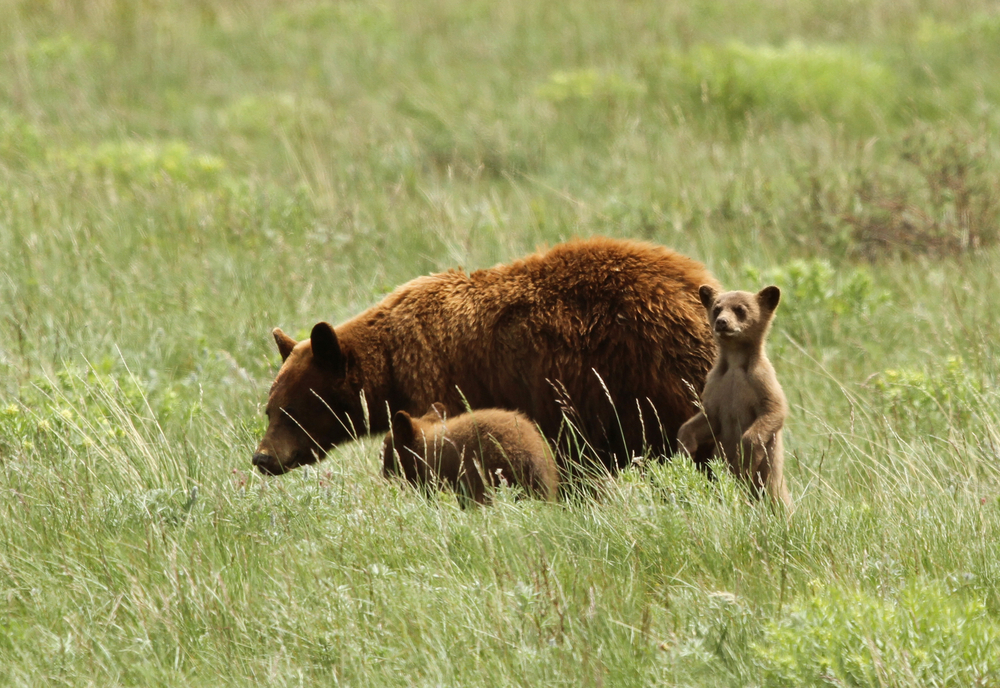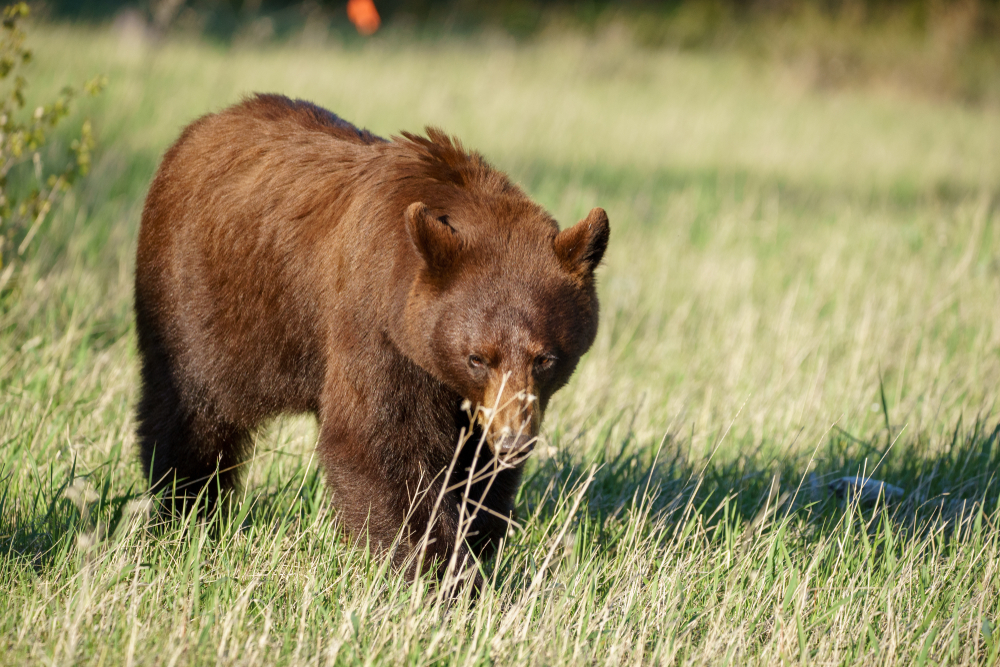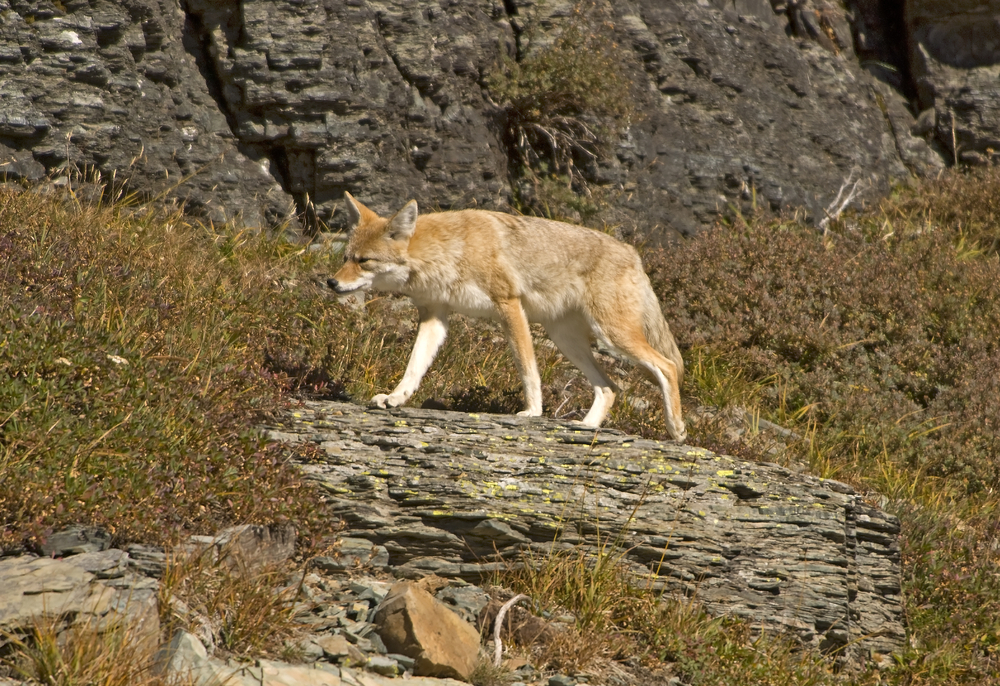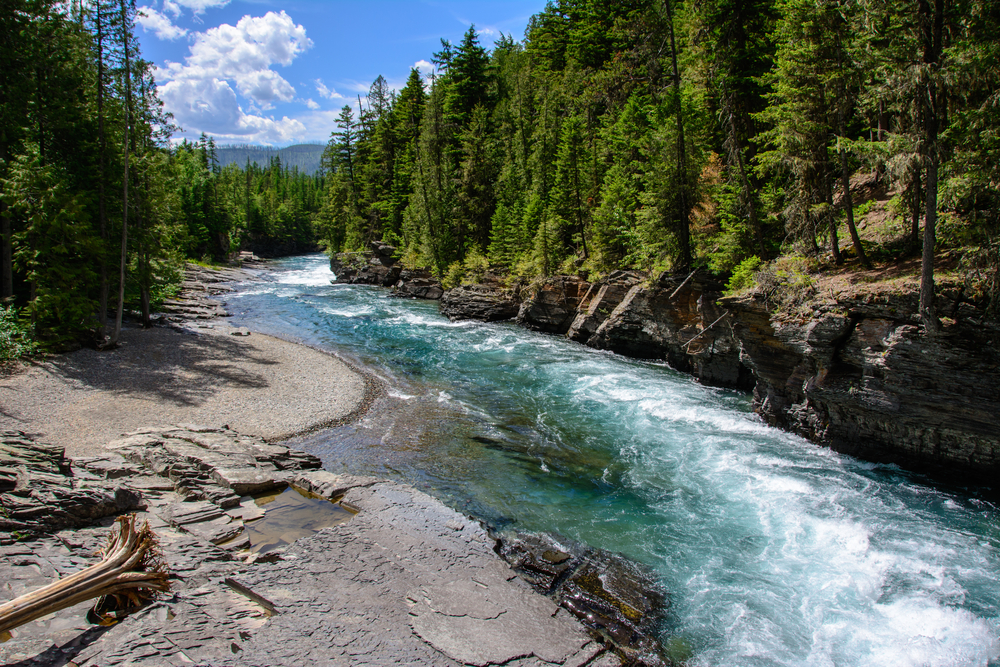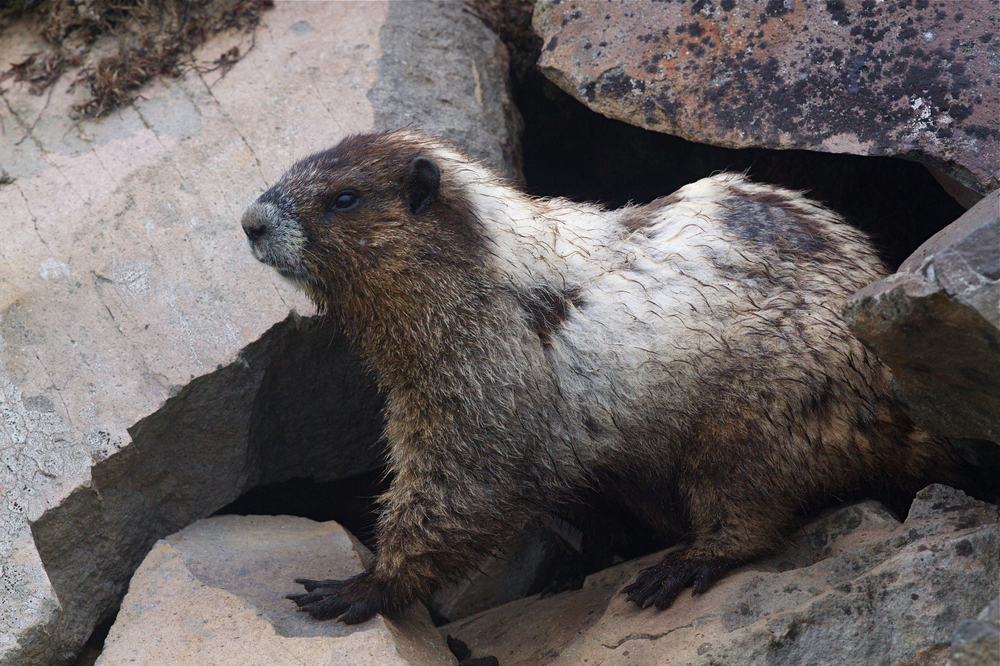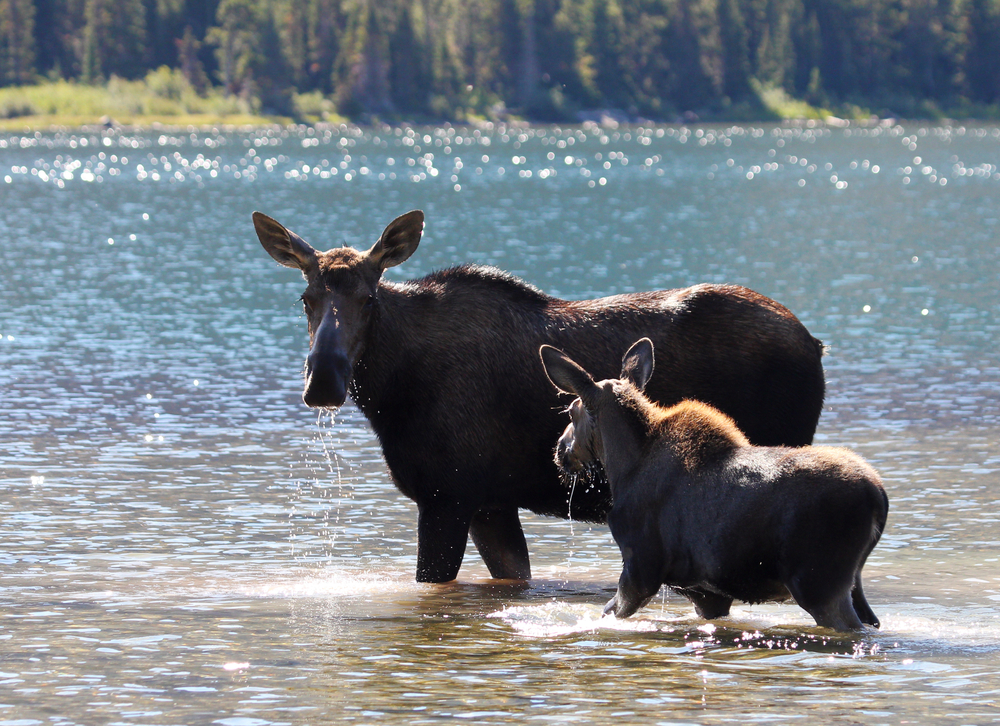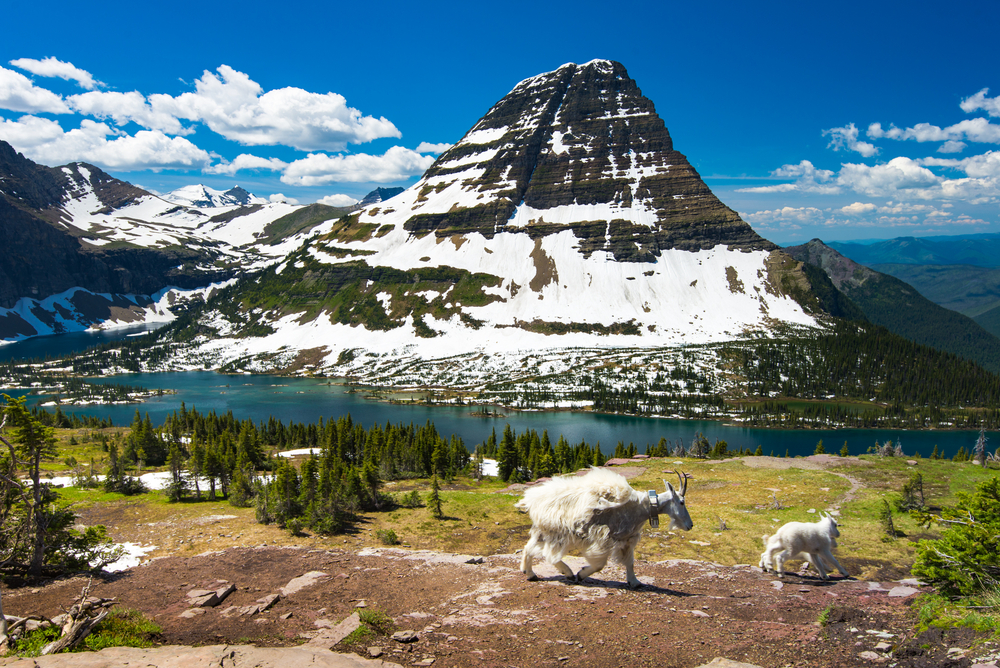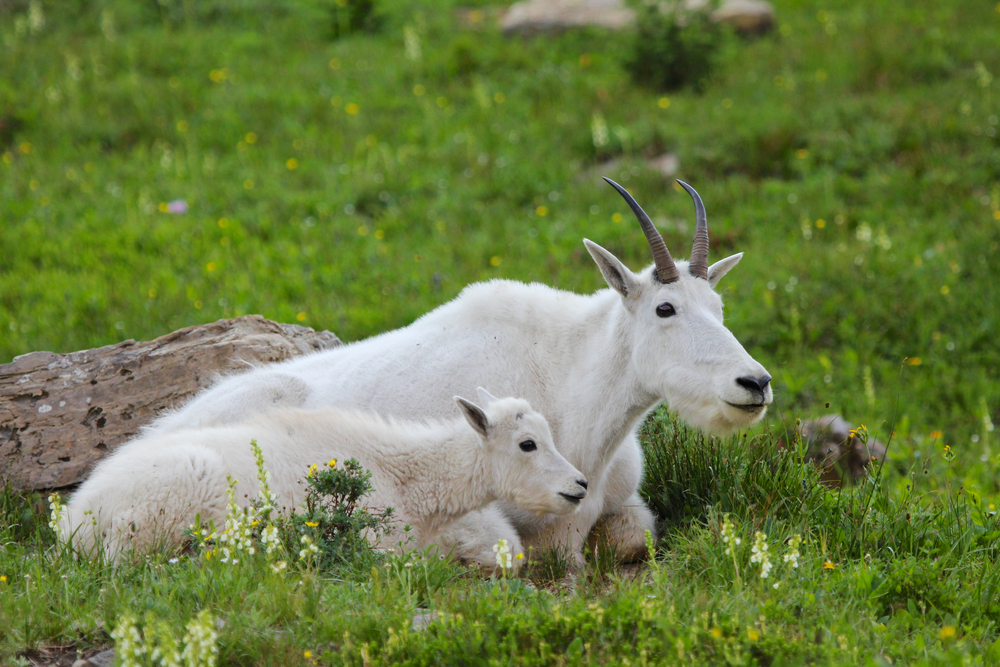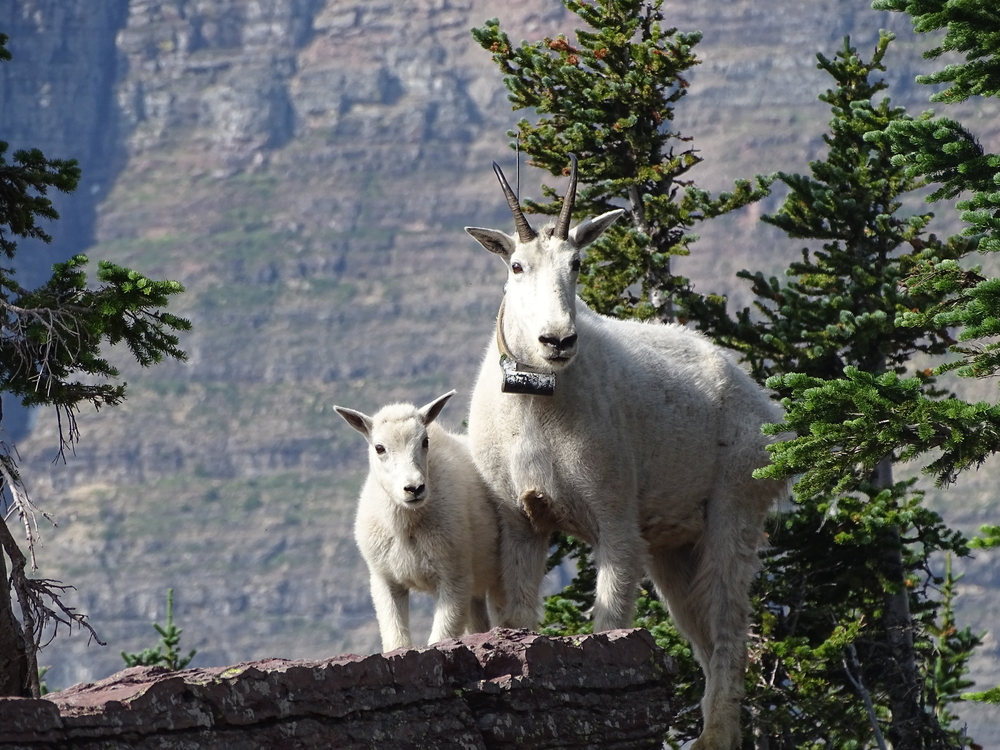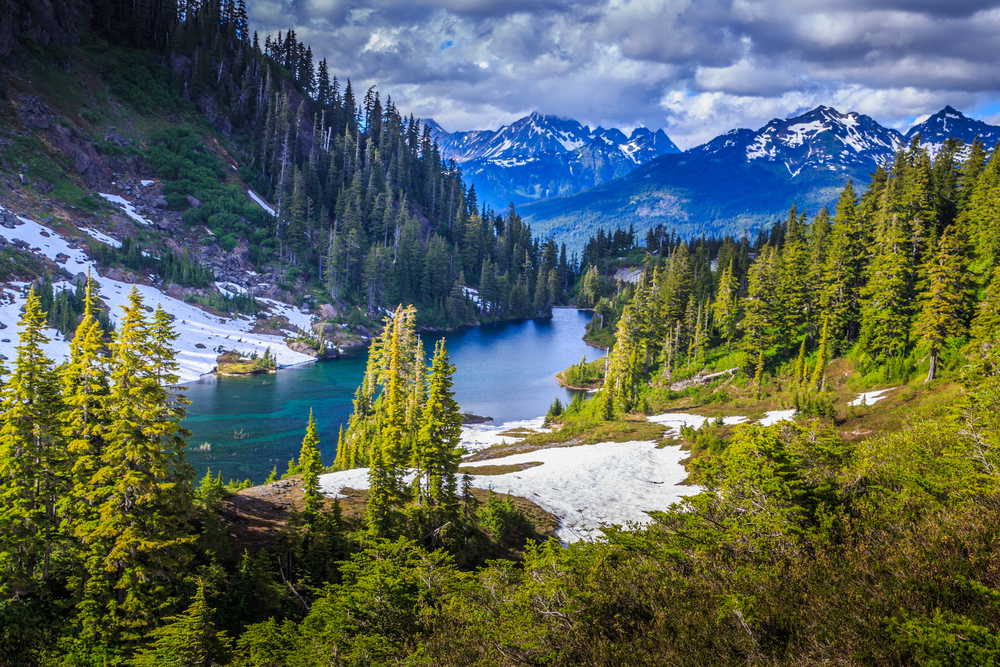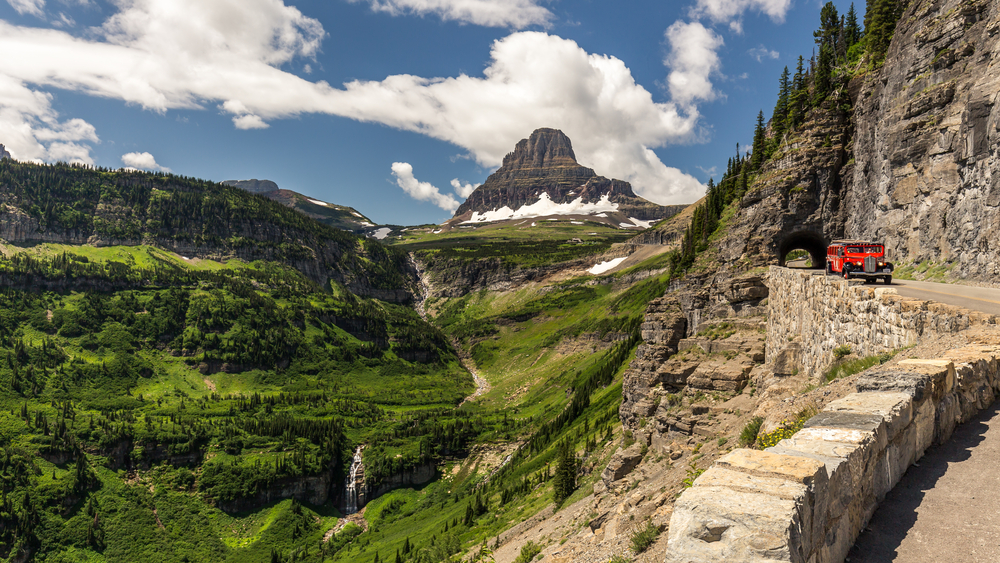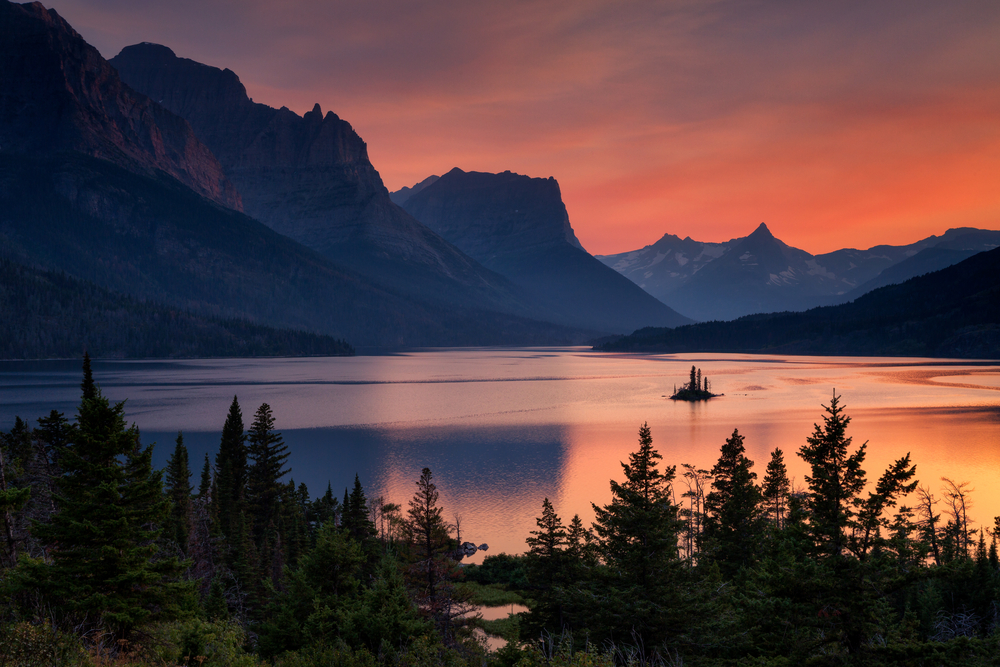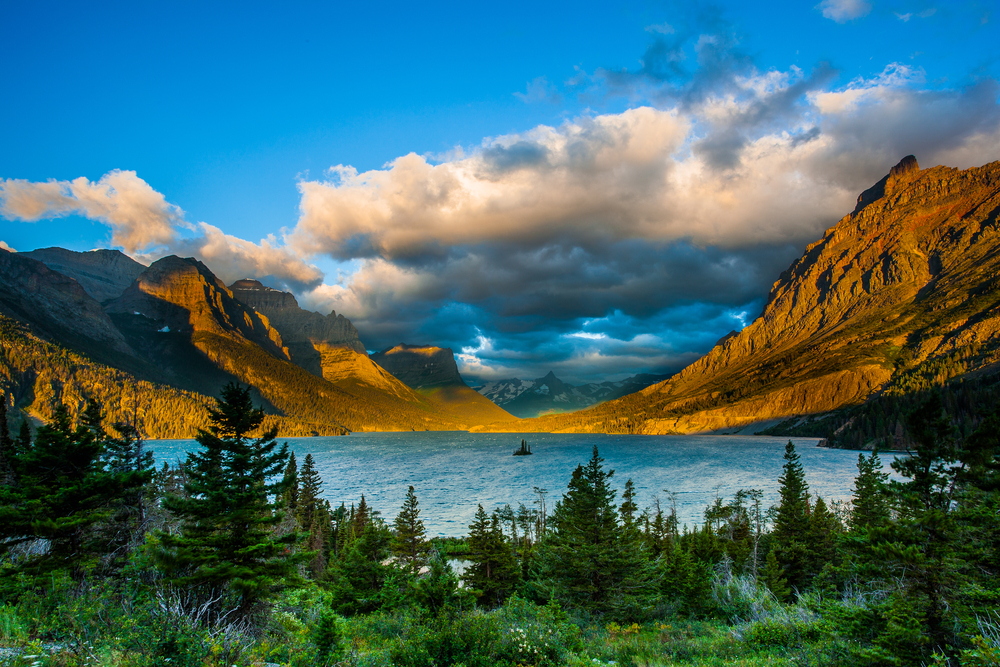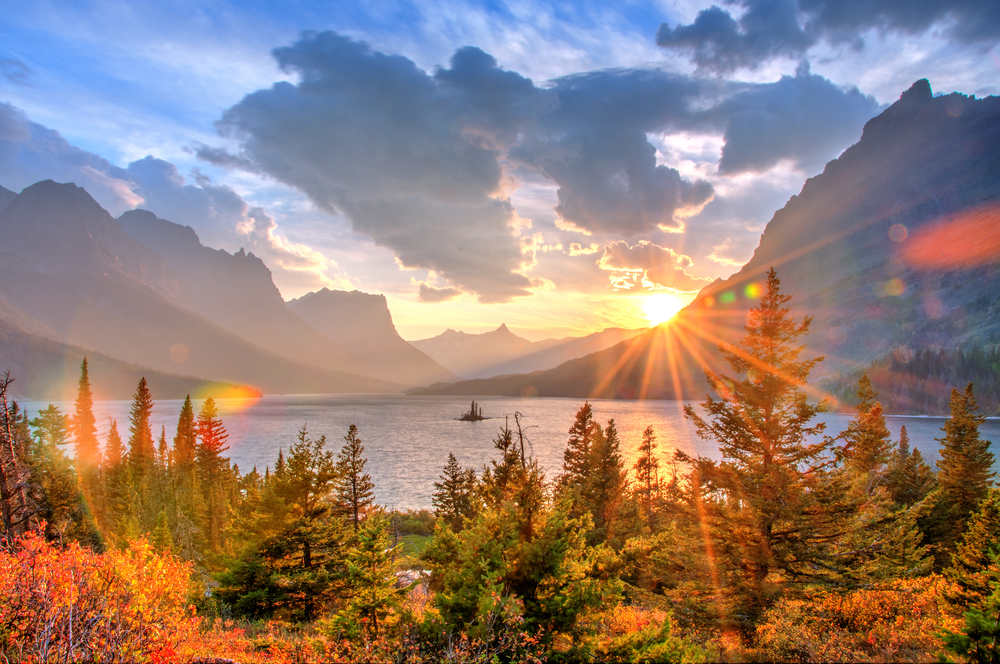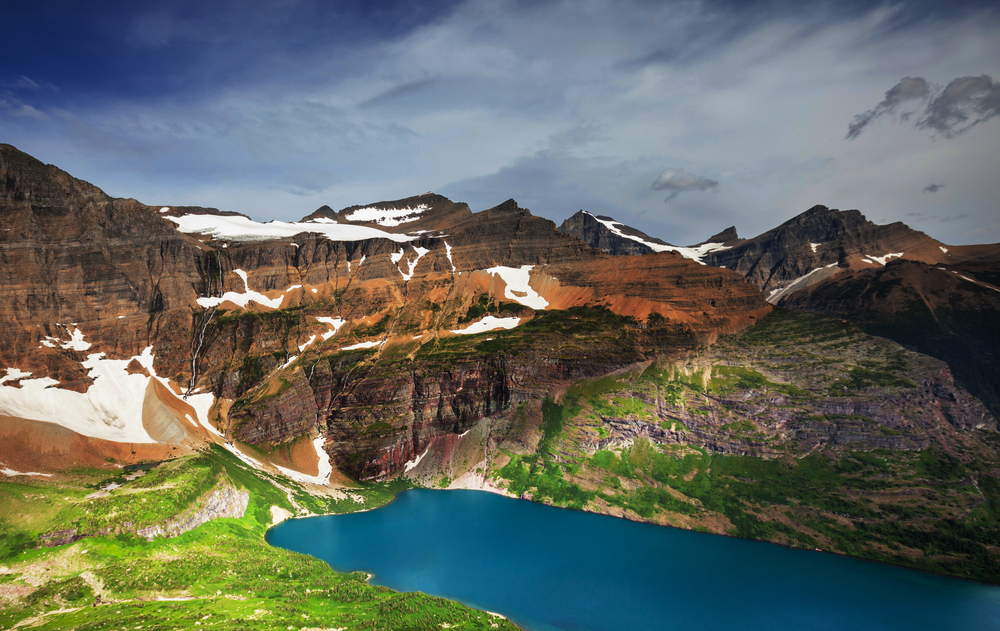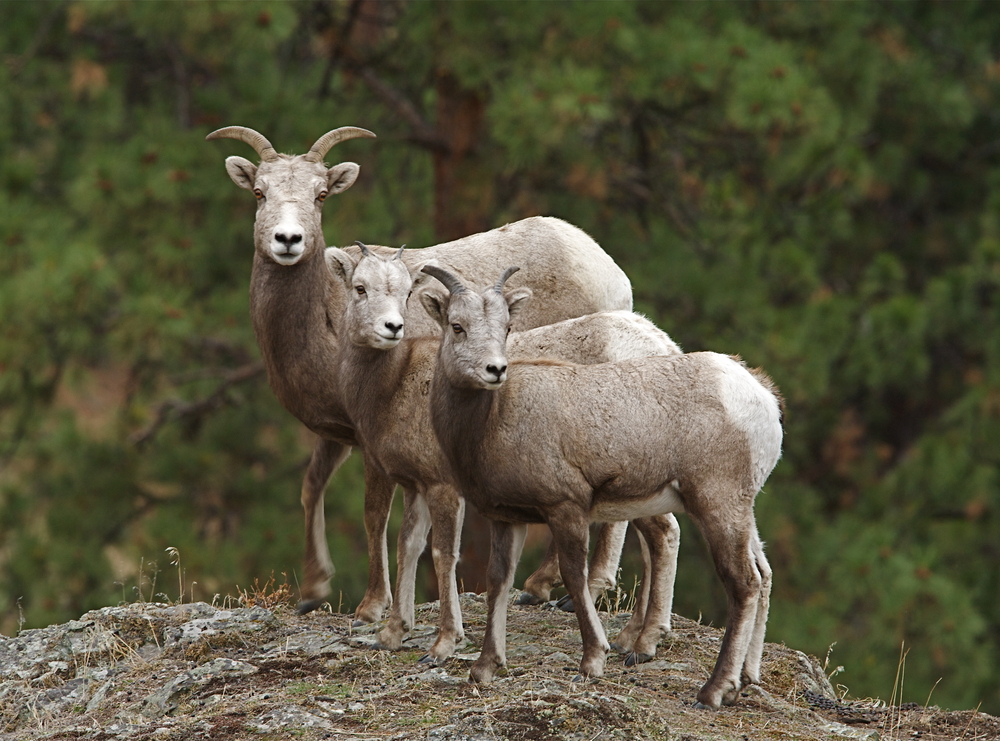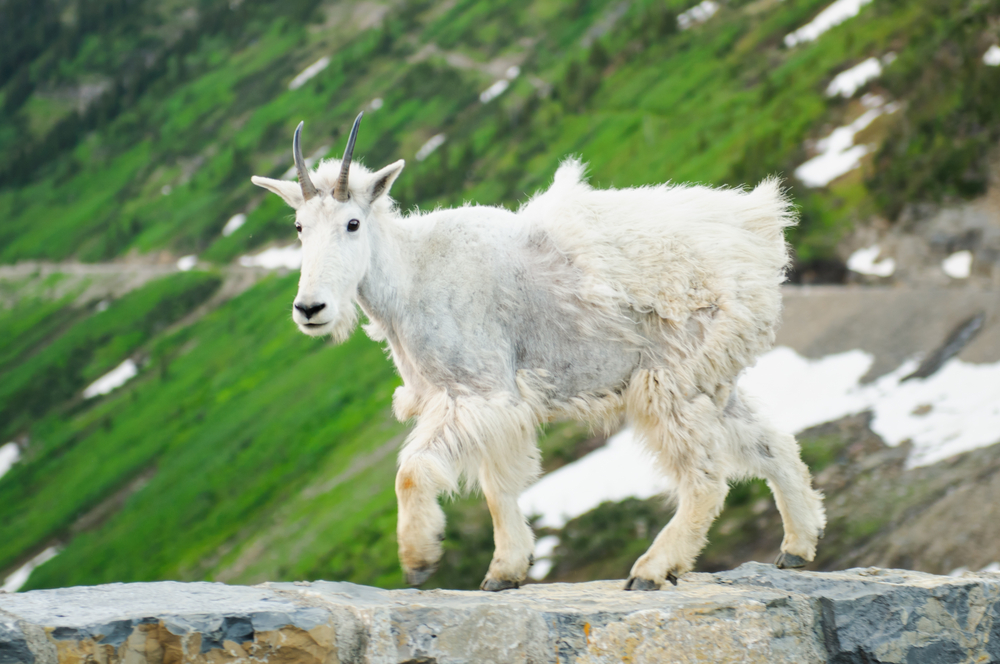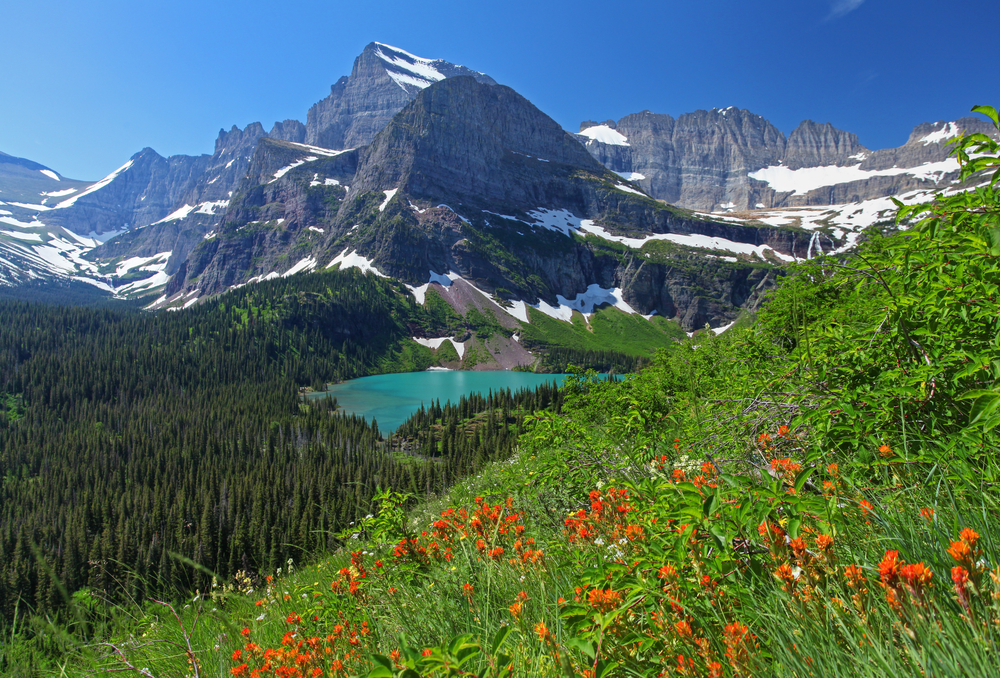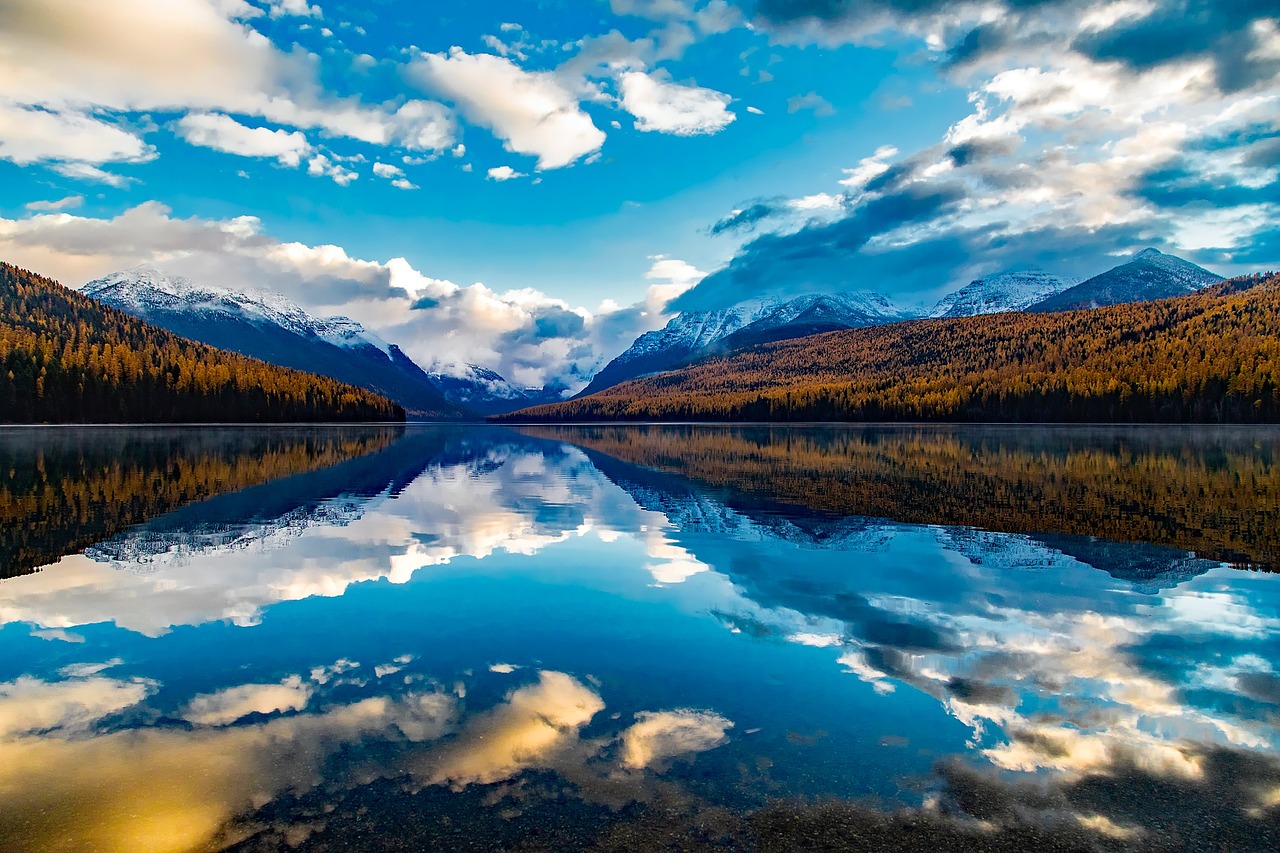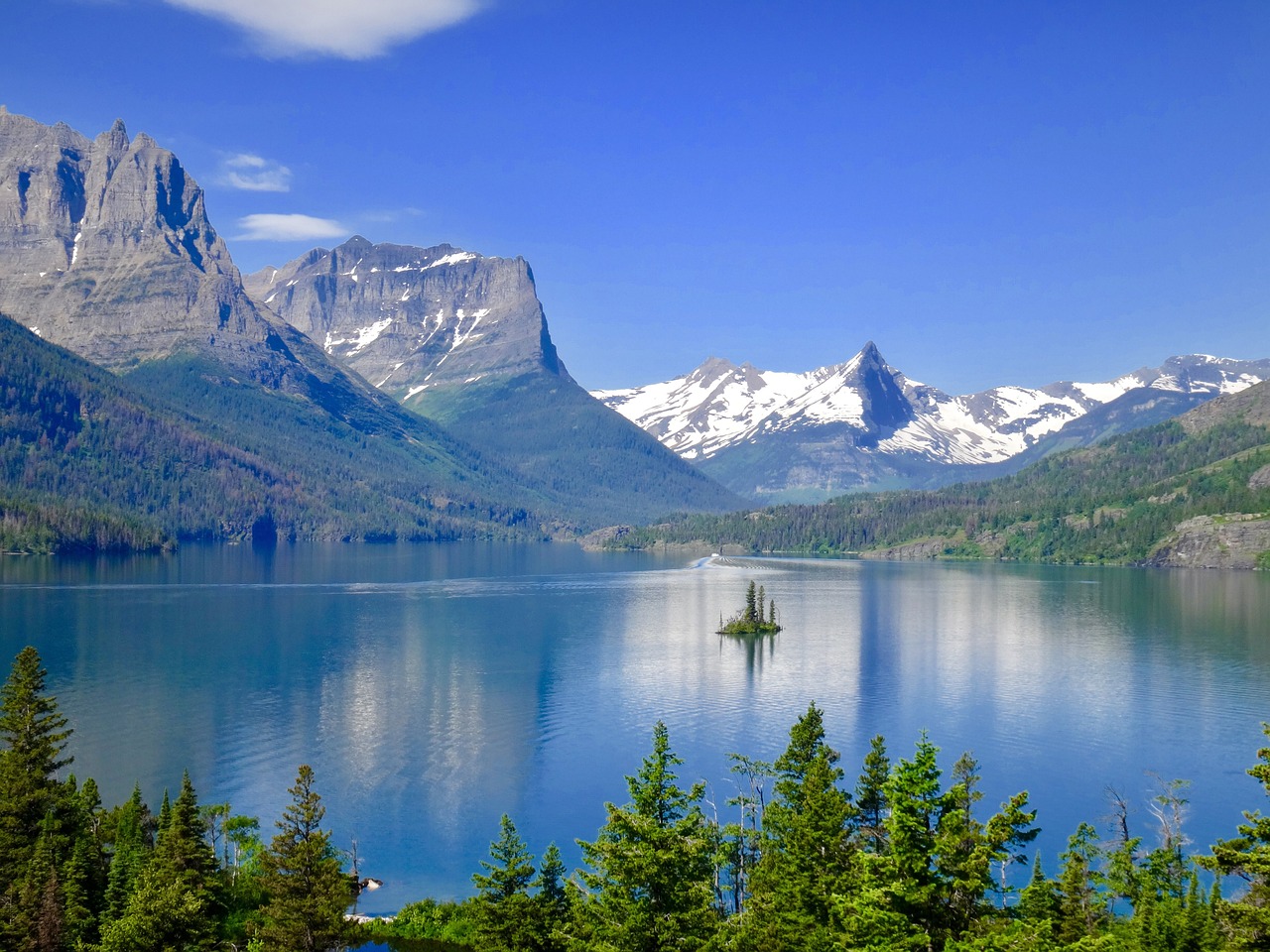Popular
Glacier National Park, located in the rugged expanse of Montana’s Rocky Mountains, is a pristine wilderness renowned for its breathtaking landscapes and the diverse wildlife that inhabits this dramatic terrain, offering visitors a chance to witness the beauty and majesty of species adapted to life in the Northern Rockies.
Grizzly Bear – A symbol of the wild, Grizzly Bears are revered and respected, seen foraging in meadows or roaming the park’s vast forests.
Mountain Goat – Official symbol of Glacier National Park, Mountain Goats are often spotted on high cliff ledges, their white coats a stark contrast against the rocky backdrop.
Bighorn Sheep – Known for their impressive curved horns, Bighorn Sheep gracefully navigate the park’s rugged terrain, often seen in herds on mountain slopes.
Moose – The largest member of the deer family, Moose are a majestic sight, typically found near the park’s lakes and marshy areas, browsing on aquatic plants.
Black Bear – More common than their grizzly counterparts, Black Bears roam throughout the park, with their varied diet and adaptability allowing them to inhabit both forest and alpine meadows.
Bald Eagle – Soaring above the park’s rivers and lakes, the Bald Eagle, America’s national bird, is a powerful symbol of freedom and strength.
American Pika – These small, mountain-dwelling mammals, known for their distinctive “eep” call, are often seen among rocky areas, gathering vegetation for the winter.
Harlequin Duck – Unique among ducks for their fast-water breeding habitats, Harlequin Ducks are colorful and elusive, often found in the park’s swift-moving streams.
Osprey – Also known as fish hawks, Ospreys are frequently observed diving into the park’s waters to catch fish with their sharp talons.
Western Tanager – With their striking yellow and black plumage and red heads, Western Tanagers add a flash of color to the park’s forests during the summer months.
Glacier National Park’s diverse wildlife, from the iconic Grizzly Bear to the vivid Western Tanager, enriches the visitor experience, showcasing the resilience and beauty of nature in one of America’s most spectacular natural landscapes.








































































